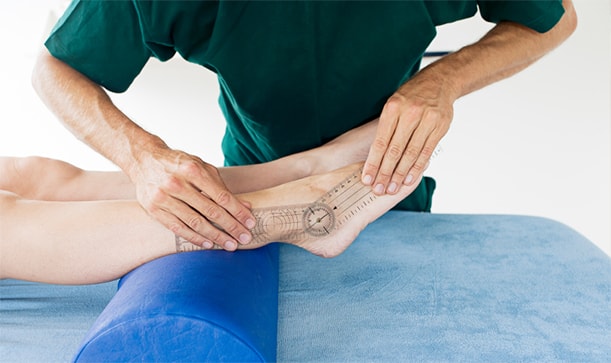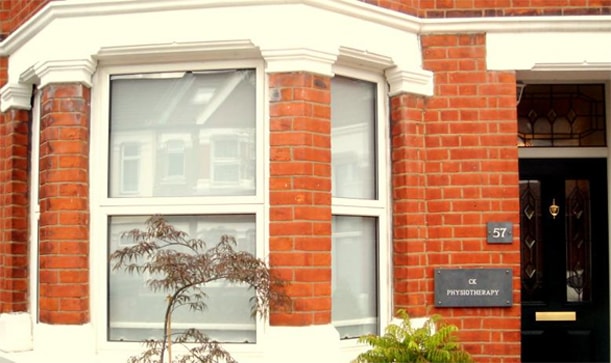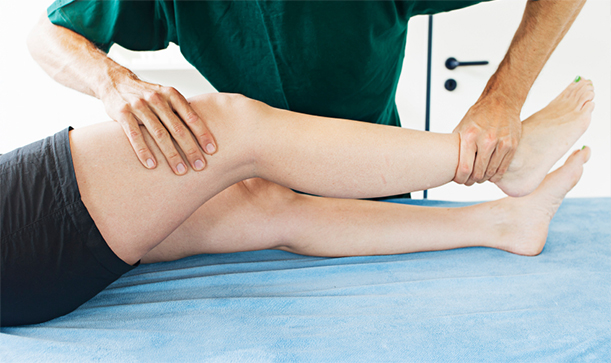CK Physiotherapy
AREAS COVERED
W7, W5, W13, Ealing, West London
57 Elthorne Avenue
Hanwell, W7 2JY
T: 020 8566 4113
M: 079 572 46185
E: info@ckphysio.co.uk
Location / Parking
We are situated in Hanwell, between Boston Manor Road and Northfields Avenue, south of the Uxbridge Road.57 Elthorne Avenue
Hanwell, W7 2JY
There are parking restrictions Mon - Fri 9-10am and 2-3pm. If you need a permit during this time please inform your therapist when you arrive. There are no parking restrictions at other times.
Opening Times
Please phone the number above during working hours to make an appointment. Our reception service will be happy to book your session.
London Underground / Bus Services
London Underground
10 min. walk from Boston Manor Tube Station.
15 min. walk from Northfields Tube Station.
Bus Service
E8, E3, E2, 207, 607, 83
Request Call Back
Our Blog
How Effective Is Physiotherapy Treatment for Bell’s palsy?
By: BryanKelly (Psst, View author in Google Plus) Date: Sep 29th, 2020Firstly, what is Bell’s palsy? Bell’s palsy is a term given to the sudden onset of facial muscle weakness. It usually affects one side of the face and has an initial recovery period ranging from a few weeks to three months. The exact cause is unknown but studies have shown that it is the swelling and inflammation of the nerve that controls the muscles down the side of the face, which causes compression as it travels through bone cavities in the skull or can be a result of a reaction that can occur after an infection.

With such a rapid onset (between 24-72 hours) Bell’s palsy can be scary and confusing if symptoms are not known and can sometimes be confused with the beginning of a stroke or other facial paralysis. Unlike a stroke, the common complete one-sided paralysis causes your face to droop, making your smile one-sided and your eye resistant to close. For the most part, Bell’s palsy is temporary for most and recovery can be within a couple of weeks or complete recovery in six months.
Bell’s palsy symptoms come on suddenly and can include:
• Rapid onset of mild weakness to total paralysis affecting one side of your face and usually occurring within hours or days (in approximately 1% cases both sides of the face are affected)
• Ear pain or flu-like symptoms prior to the onset
• Headache, sharp pain in the inner ear, or pain around the jaw on the affected side which may occur during the onset of paralysis
• An altered or impaired sense of taste
• Increased sensitivity to sound on the affected side
• Drooling
• A feeling of facial drooping and unable to make facial expressions such as smiling or closing your eye
• Difficulty in speaking clearly with particular pronunciation
If you are at all worried that you or another may be experiencing a stroke or mini-stroke think FAST (this stands for Facial drooping, Arm weakness, Speech difficulties and Time to ring the emergency services).
Who is affected by Bell's palsy?
“Up to 24,000 people per year in the UK are affected by Bell’s palsy.”
For a condition that many are not aware of, 24,000 people per year are quite a significant number of the population who may incur Bell’s palsy at some point in their lifetime. Bell's palsy affects both men and women equally, mostly presenting between the ages of 15-45, though cases have been recorded outside of that age bracket.
Although no conclusive cause for Bell’s palsy has been made, studies have shown that there is a high relation to it appearing as a reaction after a viral infection. Some of these viral infections include:
• Chickenpox and shingles (herpes zoster)
• Cold sores and genital herpes (herpes simplex)
• Mumps (mumps virus)
• German measles (rubella)
• Flu (influenza B)
• Hand foot and mouth disease (coxsackievirus)
• Inner ear infection (acute otitis media)
• Infectious mononucleosis (Epstein-Barr)
• Respiratory illness (adenovirus)
Bell’s palsy has also been associated with those who are experiencing a depleted immune system, pregnancy or stress. Due to the swelling and inflammation that can be caused by viral infections, it leads to the compression of the facial nerves as it passes through the skull which results in the Bell’s palsy and facial paralysis. Though Bell’s palsy may be a reaction to any of the above causes stated, it is not definite that if a viral infection is experienced, that it will result in an episode of Bell’s palsy.
How is Bell’s palsy diagnosed?
Bell’s palsy is diagnosed by way of elimination rather than nomination and a variation of tests are used to determine which course of action needs to be taken. A doctor may examine you in the following ways:
1. Movements
2. Bloods
4. ENT
Movements
A practitioner will ask you to perform a range of exercises that will be able to demonstrate the lack of movement and determine the scale of paralysis or damage. This could be actions such as closing your eyes, puckering your lips, raising your eyebrow or even trying to smile.
Bloods
In order to eliminate any underlying infection or disease, your doctor may request blood samples to test for such things as Lyme disease, diabetes or HIV.
Image screening
This may be used to rule out the possibility of a tumour or skull fracture, usually, a magnetic resonance imaging (MRI) scan or computerised tomography (CT) scan would be scheduled.
ENT
Your doctor may refer you to an Ear Nose and Throat specialist for them to detect the location and extent of any nerve damage sustained. This is usually done by way of electromyography (EMG) which measures the electrical activity within the muscles in response to stimulation.
If at any time you suspect that you may have Bell’s palsy, it is essential that you speak to your general practitioner, ring the NHS helpline (111) or seek to make your way to your nearest A&E within 72 hours.
What treatments are there for Bell’s palsy?
Bell’s palsy recovery is unique to each person and just like the inconclusive causes, recovery is not determined by one route only. You may be able to receive one treatment, not need any at all or be advised to use combination treatments to assist in a speedy recovery.
Depending on the severity of your nerve damage and previous medical history, your doctor may discuss any of the following treatments with you:
1. Medication
4. Surgery
Medication
• Corticosteroids - anti-inflammatory drugs that can be administered to reduce the swelling of the nerve fibres and ease the compression as they pass through skull cavities.
• Antiviral drugs - there is little evidence that antivirals work well alone, usually teamed with a steroid they can help those with severe Bell’s palsy.
Physiotherapy
After an episode of Bell’s palsy, muscles will be both weakened and shortened by the paralysis and may need physical therapy to improve strength and muscle tone.
Your physiotherapist will be able to guide you through facial exercises or massages that will enable you to reintroduce movement to engage both the facial muscle and nerves in order to resume normal function.
Electrotherapy
Electrotherapy such as a Transcutaneous Electrical Nerve Stimulation (TENS) machine or Electronic Muscle Stimulation (EMS) unit can be used in combination to help rehabilitation from Bell’s palsy.
EMS machines are used to stimulate the muscle through tiny electrical pulses delivered through electrode pads. Working on muscle tone, the machine rhythmically contracts and relaxes the muscle.
TENS machines bring the benefit of non-invasive, drug-free pain relief. Sending soothing pulses along the nerve fibres via skin pads, the pulses suppress pain signals to the brain whilst encouraging the body to produce increased levels of its own endorphins and enkephalins.
Surgery
This measure is one of the last treatments to be considered, as high-risk factors are involved and could potentially result in further damage to sight, audio or nerve fibres. Decompression surgery is controversial and on rare occasions, cosmetic surgery is considered to reduce deformities or to rectify the damage caused.
Overall, studies have shown the effectiveness of electrotherapy combined with other treatments. Patients showed a significant improvement both physically and in mental wellbeing whilst receiving electrotherapy treatment for Bell’s palsy.
Contact CK Physiotherapy for a Consultation
If you wish to find a trusted physiotherapist in London or want to find out more about how electrotherapy can be used to help you overcome Bell’s palsy or any other ailment. Please do not hesitate to contact CK Physio to speak to one of our experienced physiotherapists at our Ealing branch.
Our physiotherapists have years of experience and will be happy to assist you. Giving you precise and appropriate information through a dedicated consultation; we then can assess and advise you on the best course of electrotherapy treatment to be provided for your personal circumstance at a reasonable cost.





